Home>Kitchen & Cooking>Kitchen Gadgets & Utensils>How To Control Weber Kettle Temperature
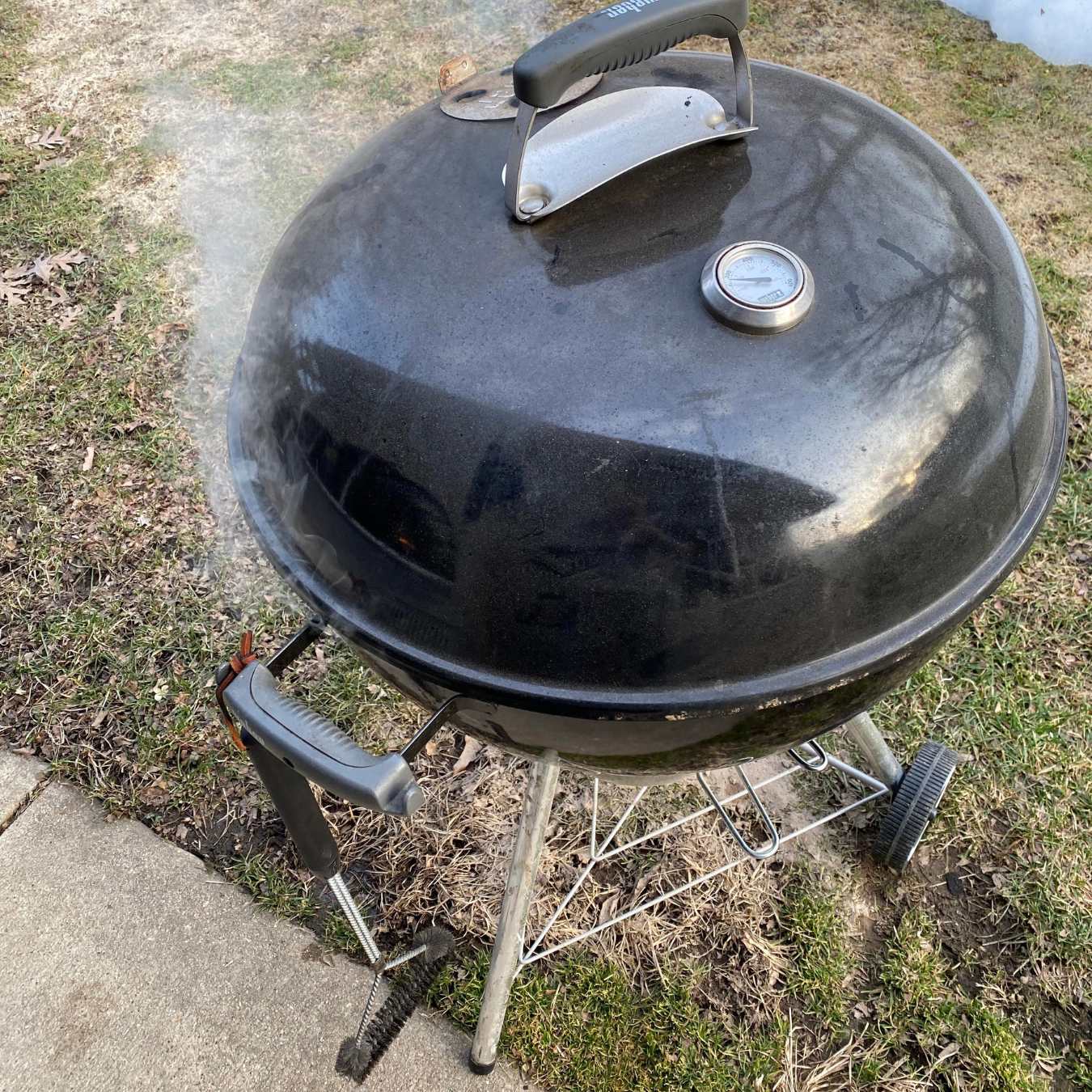

Kitchen Gadgets & Utensils
How To Control Weber Kettle Temperature
Published: January 21, 2024
Learn how to control the temperature of your Weber Kettle with these essential kitchen gadgets and utensils. Master the art of grilling and smoking with ease.
(Many of the links in this article redirect to a specific reviewed product. Your purchase of these products through affiliate links helps to generate commission for Storables.com, at no extra cost. Learn more)
Introduction
Cooking with a Weber kettle grill is a delightful experience, but achieving the perfect temperature for your culinary creations can be a bit of a challenge. Whether you're a seasoned griller or just starting out, mastering the art of temperature control is essential for producing mouthwatering dishes. In this guide, we'll explore various techniques and tips for effectively managing the temperature of your Weber kettle grill. By understanding the principles of airflow, utilizing vents, regulating charcoal amounts, employing thermometers, and incorporating water pans, you'll be well-equipped to take your grilling skills to the next level.
So, let's dive into the world of Weber kettle temperature control and unlock the secrets to achieving that ideal cooking environment. Whether you're aiming to sear a perfectly juicy steak, smoke tender ribs, or grill succulent vegetables, having a firm grasp on temperature management will undoubtedly elevate your grilling game. Let's embark on this flavorful journey together and discover the nuances of controlling the temperature on your Weber kettle grill.
Key Takeaways:
- Mastering temperature control in a Weber kettle grill involves understanding airflow, vent manipulation, charcoal quantity, thermometer use, and water pans for flavorful, succulent dishes.
- By mastering temperature control, you can sear, smoke, roast, and grill with precision, creating memorable culinary delights and elevating your grilling prowess.
Understanding the Airflow
One of the fundamental principles of controlling the temperature in a Weber kettle grill is understanding the dynamics of airflow. The airflow within the grill directly influences the combustion of charcoal, which in turn affects the cooking temperature. When the grill is in use, air enters through the bottom vents and exits through the top vent, creating a draft that regulates the heat inside the grill.
Opening the vents allows more oxygen to enter, which fuels the combustion process and raises the temperature. Conversely, closing the vents restricts airflow, leading to a decrease in temperature. By manipulating the vents, you can fine-tune the airflow and achieve the desired cooking temperature.
Furthermore, the positioning of the vents plays a crucial role in managing the temperature. Placing the vents directly opposite each other promotes efficient airflow and heat distribution throughout the grill. This balanced airflow ensures uniform cooking and helps prevent hot spots, resulting in evenly prepared dishes.
As you become more attuned to the relationship between airflow and temperature, you’ll gain the confidence to make precise adjustments, allowing you to create a controlled cooking environment that suits your culinary aspirations.
Controlling the Temperature with Vents
The vents on a Weber kettle grill serve as the primary mechanism for regulating temperature. Understanding how to manipulate these vents is essential for achieving precise control over the cooking environment. The bottom vents, typically located on the lower bowl of the grill, allow air to enter, while the top vent, situated on the lid, facilitates the release of hot air and smoke.
To increase the temperature, open the vents to allow more oxygen to fuel the charcoal, intensifying the heat production. Conversely, to lower the temperature, partially close the vents to restrict airflow, reducing the combustion process and subsequently decreasing the heat output.
It’s important to note that adjustments to the vents may take some time to manifest in the form of temperature changes within the grill. Therefore, it’s advisable to make gradual modifications and allow the grill to stabilize at each new vent setting before further adjustments are made. This patient approach will help prevent overshooting the desired temperature range.
By mastering the art of vent control, you’ll be able to fine-tune the temperature to suit various cooking methods, whether you’re searing steaks at high heat, slow-smoking ribs at a lower temperature, or roasting vegetables to perfection. The vents are your gateway to tailoring the cooking environment to meet your specific culinary needs.
Using the Charcoal Amount
The amount of charcoal used in a Weber kettle grill significantly impacts the cooking temperature and duration. Understanding how to manipulate the charcoal quantity is a key factor in achieving precise temperature control.
When aiming for higher temperatures, such as those required for searing meats, a larger quantity of charcoal is needed to generate intense heat. Conversely, for low and slow cooking, such as smoking meats, a smaller amount of charcoal is sufficient to maintain a consistent lower temperature over an extended period.
Layering the charcoal in a specific arrangement can also influence the heat distribution within the grill. For instance, creating a two-zone fire, with charcoal banked on one side of the grill, allows for both direct and indirect cooking. This setup enables you to sear food over the hot coals and then finish cooking it in a more moderate heat zone, providing versatility in your grilling techniques.
Furthermore, the type of charcoal used can impact the temperature and flavor profile of the food. Lump charcoal tends to burn hotter and faster, making it suitable for high-heat grilling, while briquettes offer a more controlled and consistent heat output, ideal for longer cooking durations.
By understanding the relationship between charcoal quantity, arrangement, and type, you’ll be equipped to tailor the heat intensity and distribution to suit the specific requirements of your culinary creations, ensuring that each dish is cooked to perfection.
To control the temperature of a Weber Kettle, adjust the bottom vents to increase or decrease airflow. Opening the vents allows more oxygen in, raising the temperature, while closing them restricts airflow, lowering the temperature.
Monitoring the Temperature with a Thermometer
Utilizing a reliable thermometer is essential for accurately monitoring the cooking temperature inside a Weber kettle grill. While the grill may come with a built-in lid thermometer, using additional probes or digital thermometers provides a more comprehensive and precise means of temperature measurement.
Placing a probe thermometer directly on the cooking grate allows you to monitor the exact temperature at the level where the food is being prepared. This is particularly valuable when grilling items that require specific heat levels for optimal results, such as steaks, poultry, or delicate cuts of meat.
For smoking and slow-cooking applications, a digital thermometer with a probe that can be inserted into the food provides real-time temperature readings, ensuring that the meat reaches the desired level of doneness while maintaining a consistent cooking environment inside the grill.
By actively monitoring the temperature with dedicated thermometers, you gain the ability to make informed adjustments to the grill’s settings, such as vent positions and charcoal amounts, based on accurate temperature readings. This empowers you to maintain a precise and stable cooking environment, resulting in perfectly cooked dishes every time.
Moreover, investing in quality thermometers not only enhances the cooking experience but also contributes to food safety by ensuring that meats reach the appropriate internal temperatures to guarantee their safety for consumption.
By integrating thermometer monitoring into your grilling routine, you’ll have the insight and control necessary to elevate your culinary creations to new heights, all while ensuring consistent and delectable results.
Using Water Pans for Temperature Control
Employing water pans in a Weber kettle grill is a versatile technique for managing and stabilizing cooking temperatures, particularly during low and slow cooking processes such as smoking. These pans, filled with water or other flavorful liquids, serve multiple purposes in temperature regulation and food preparation.
When placed strategically within the grill, water pans act as a heat sink, absorbing and diffusing excess heat, thereby preventing temperature spikes and promoting a more consistent cooking environment. This is especially beneficial when undertaking long smoking sessions, as the water pan helps maintain the desired low and steady temperature, essential for infusing meats with rich, smoky flavors.
Additionally, the presence of a water pan introduces moisture into the cooking chamber, which can help prevent meats from drying out during prolonged cooking periods. The humid environment created by the water pan contributes to the retention of moisture in the food, resulting in succulent and tender finished dishes.
Furthermore, the water pan can serve as a flavor-enhancing tool by allowing for the infusion of aromatic liquids, herbs, spices, or even fruits, which impart subtle yet delightful flavors to the food as they evaporate and circulate within the grill.
By strategically utilizing water pans, you can exert greater control over the cooking environment, ensuring that the temperature remains consistent and that your culinary creations are imbued with tantalizing flavors and succulence. Whether you’re smoking brisket, ribs, or poultry, integrating water pans into your grilling arsenal can elevate the quality of your dishes and provide a more enjoyable and predictable cooking experience.
Conclusion
Mastering the art of controlling the temperature in a Weber kettle grill is a journey that combines science, technique, and a touch of culinary finesse. By understanding the principles of airflow, utilizing vents, regulating charcoal amounts, employing thermometers, and incorporating water pans, you can create a controlled cooking environment that caters to a diverse range of grilling and smoking applications.
As you delve into the world of temperature control, you’ll discover the nuances of manipulating airflow to influence heat production, fine-tuning vent settings to achieve precise temperature adjustments, and strategically managing charcoal quantities to tailor the heat intensity and distribution. Additionally, the use of thermometers provides invaluable insight into the cooking environment, empowering you to make informed decisions and ensure consistently delectable results.
Furthermore, the integration of water pans offers a multifaceted approach to temperature regulation, serving as a tool for heat diffusion, moisture retention, and flavor infusion. By harnessing the benefits of water pans, you can achieve a stable and flavorful cooking environment, particularly during extended smoking sessions.
Ultimately, the mastery of temperature control in a Weber kettle grill opens up a world of culinary possibilities, allowing you to sear, smoke, roast, and grill with precision and confidence. Whether you’re aiming to achieve the perfect sear on a steak, impart mouthwatering smokiness to ribs, or infuse delicate flavors into poultry, the ability to control the temperature with finesse is the cornerstone of exceptional grilling experiences.
So, embrace the art of temperature control, experiment with various techniques, and savor the rewarding journey of elevating your grilling prowess. With each perfectly cooked dish, you’ll witness the transformative power of mastering temperature control in your Weber kettle grill, creating memorable culinary delights for yourself and those fortunate enough to savor your creations.
Frequently Asked Questions about How To Control Weber Kettle Temperature
Was this page helpful?
At Storables.com, we guarantee accurate and reliable information. Our content, validated by Expert Board Contributors, is crafted following stringent Editorial Policies. We're committed to providing you with well-researched, expert-backed insights for all your informational needs.
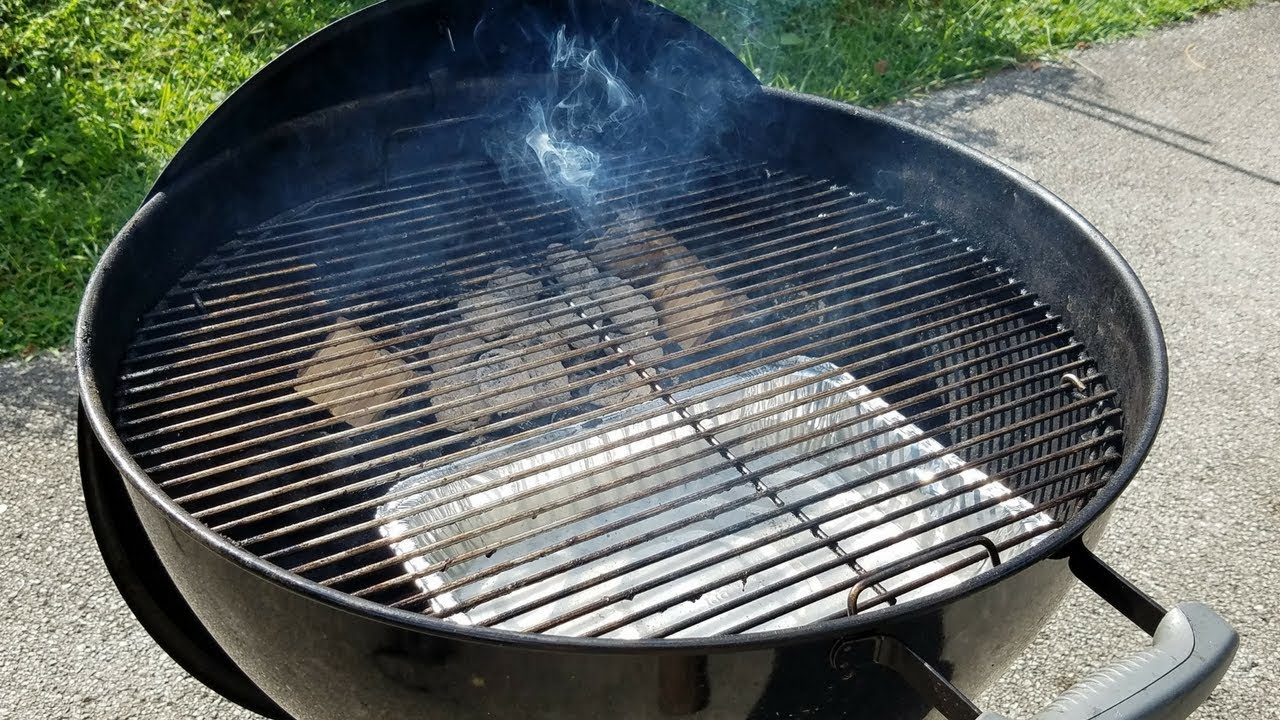
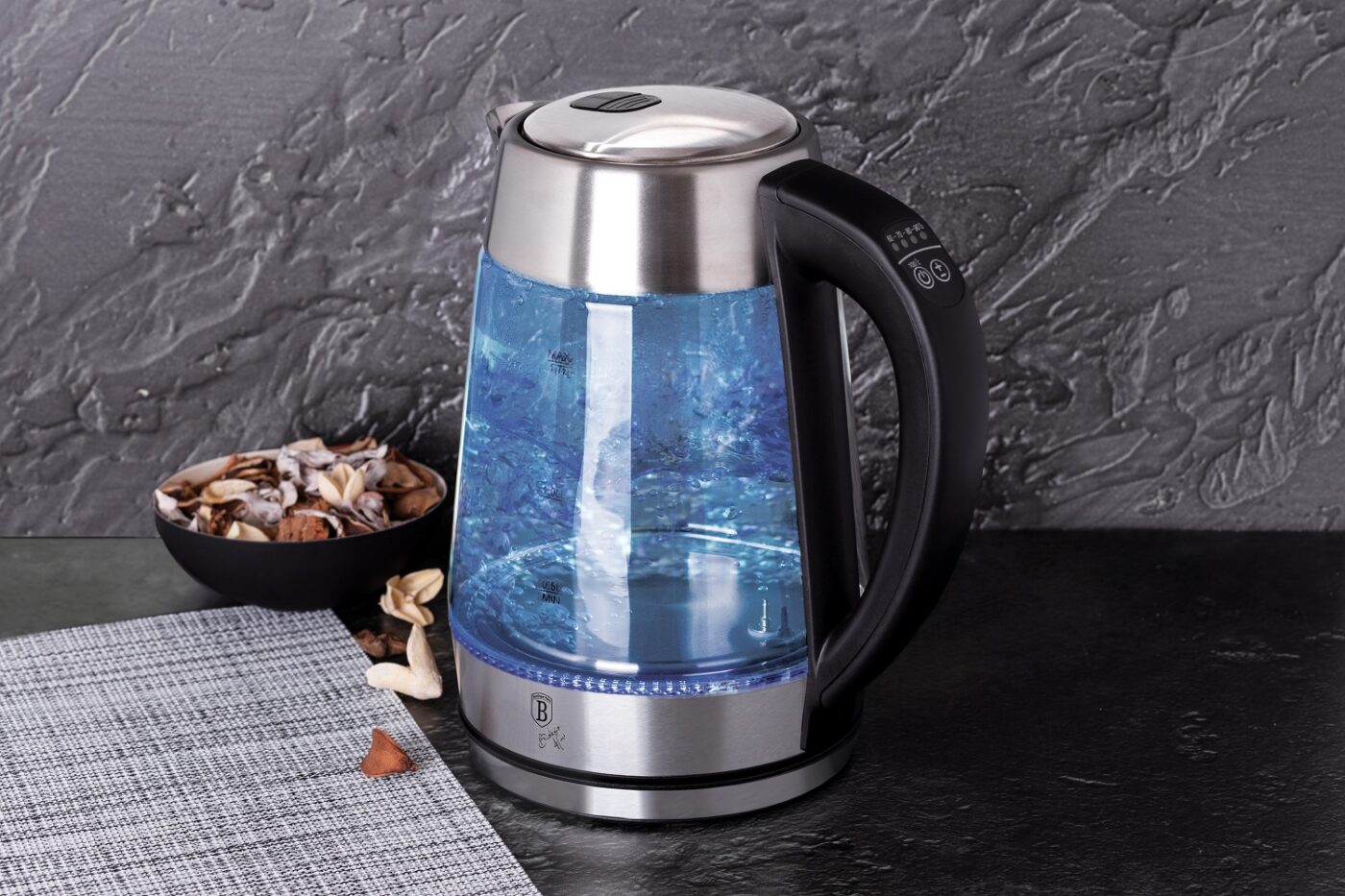
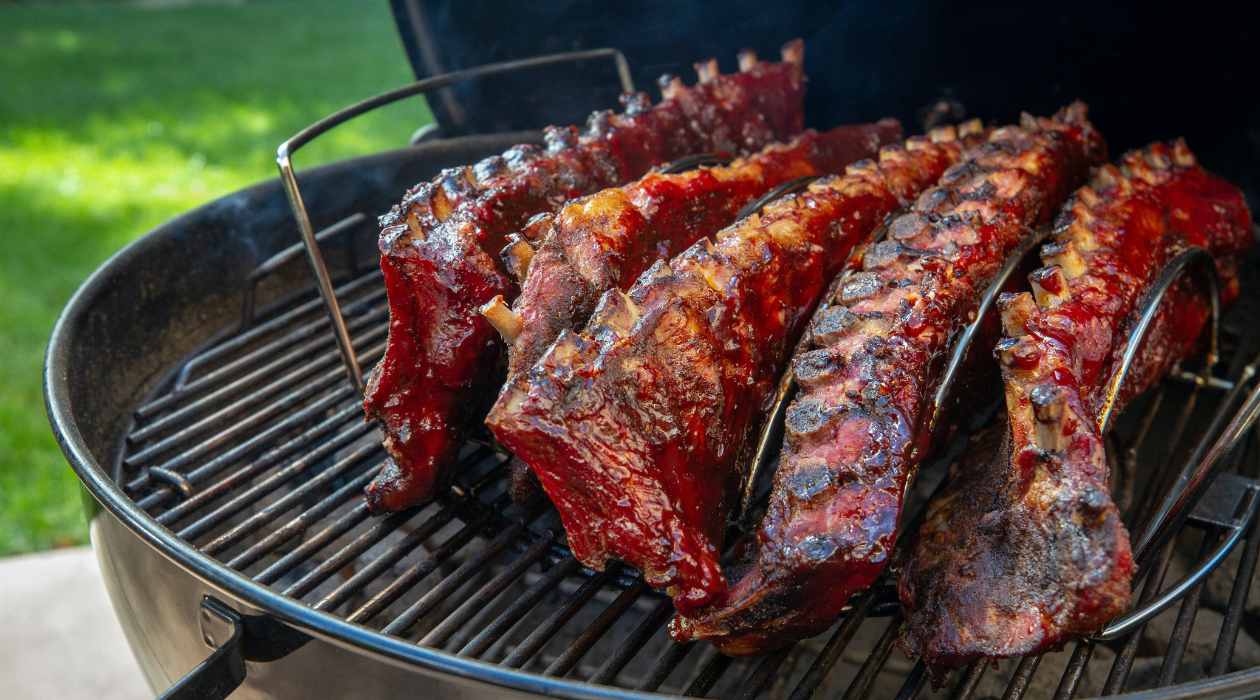
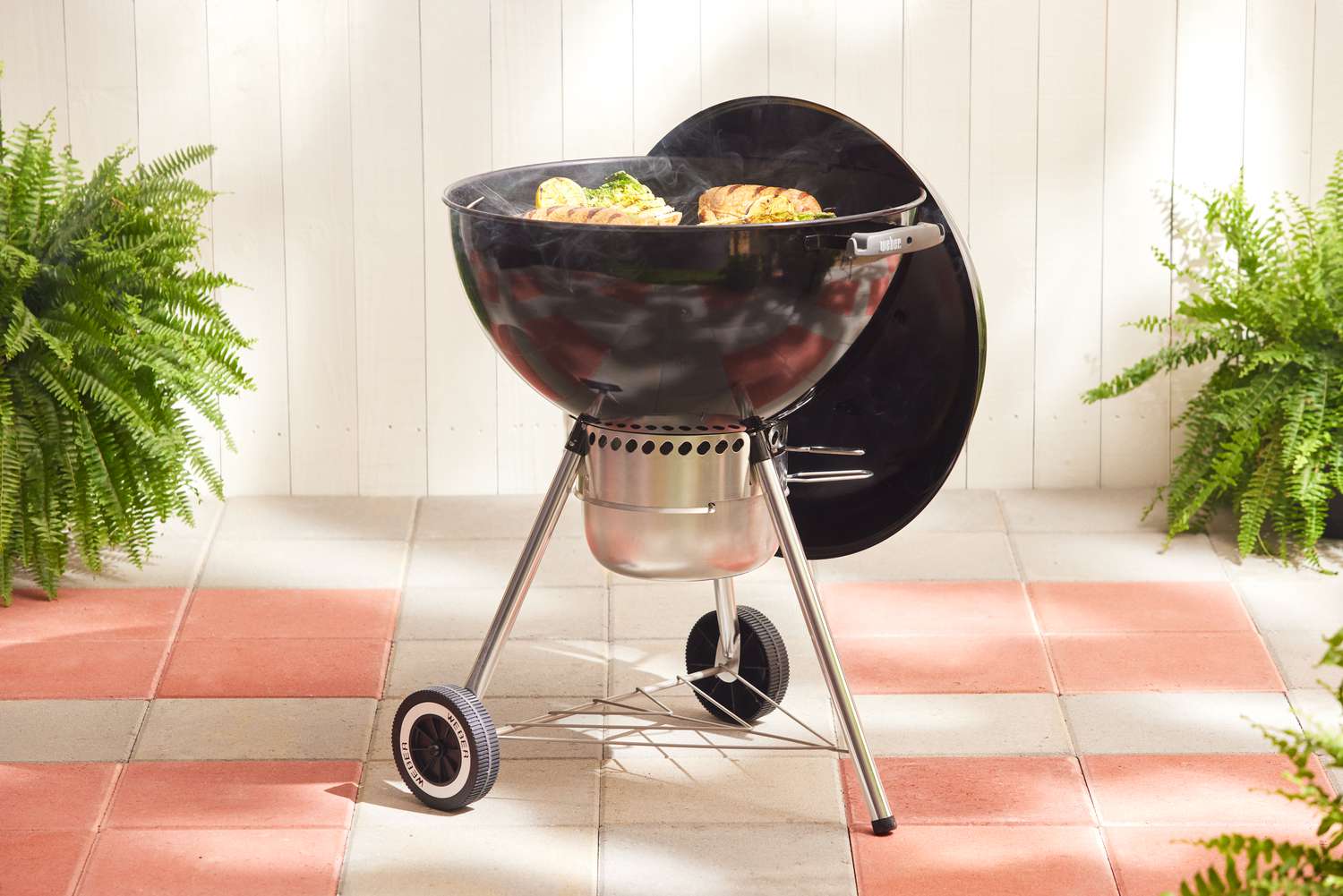

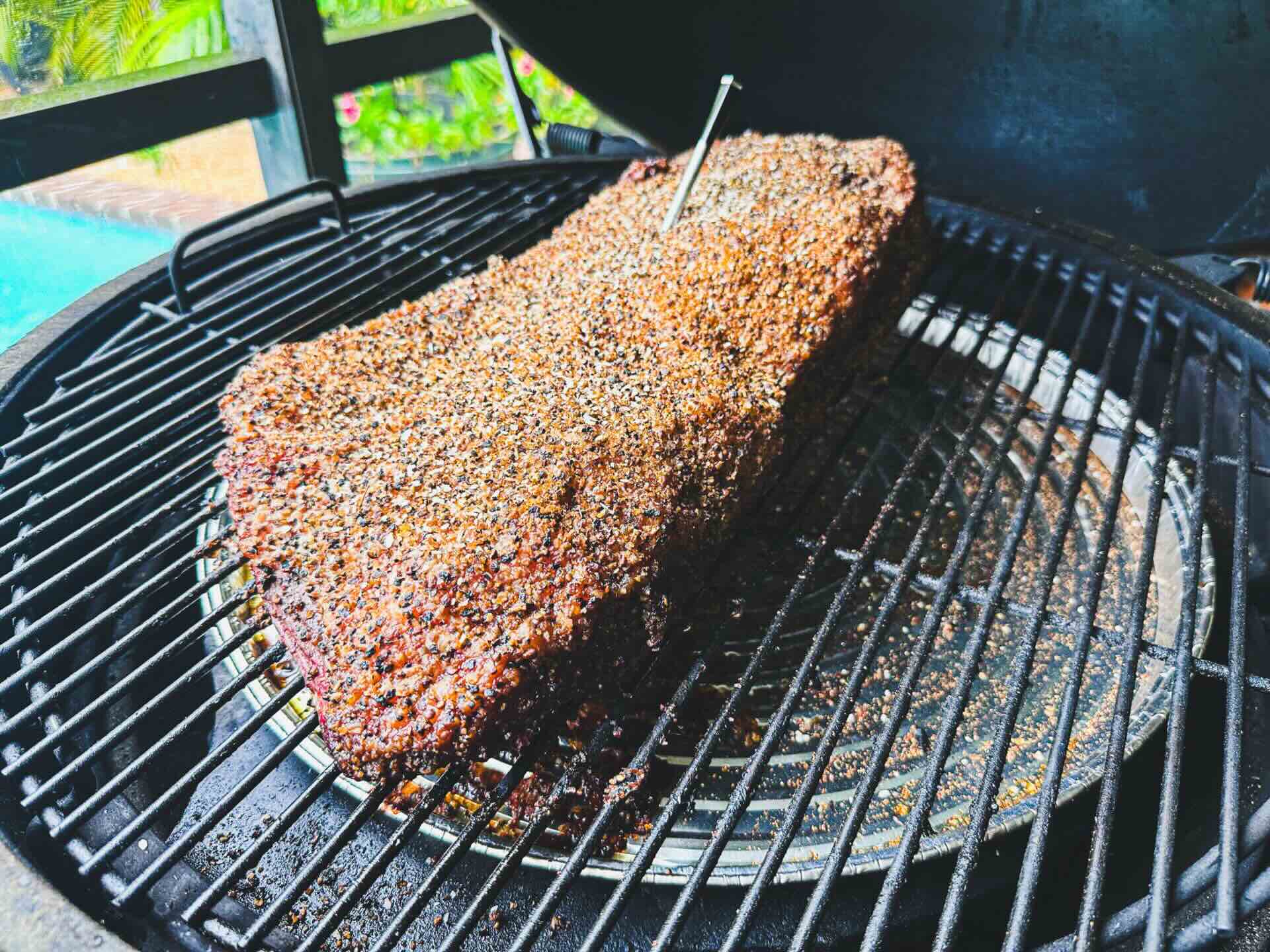
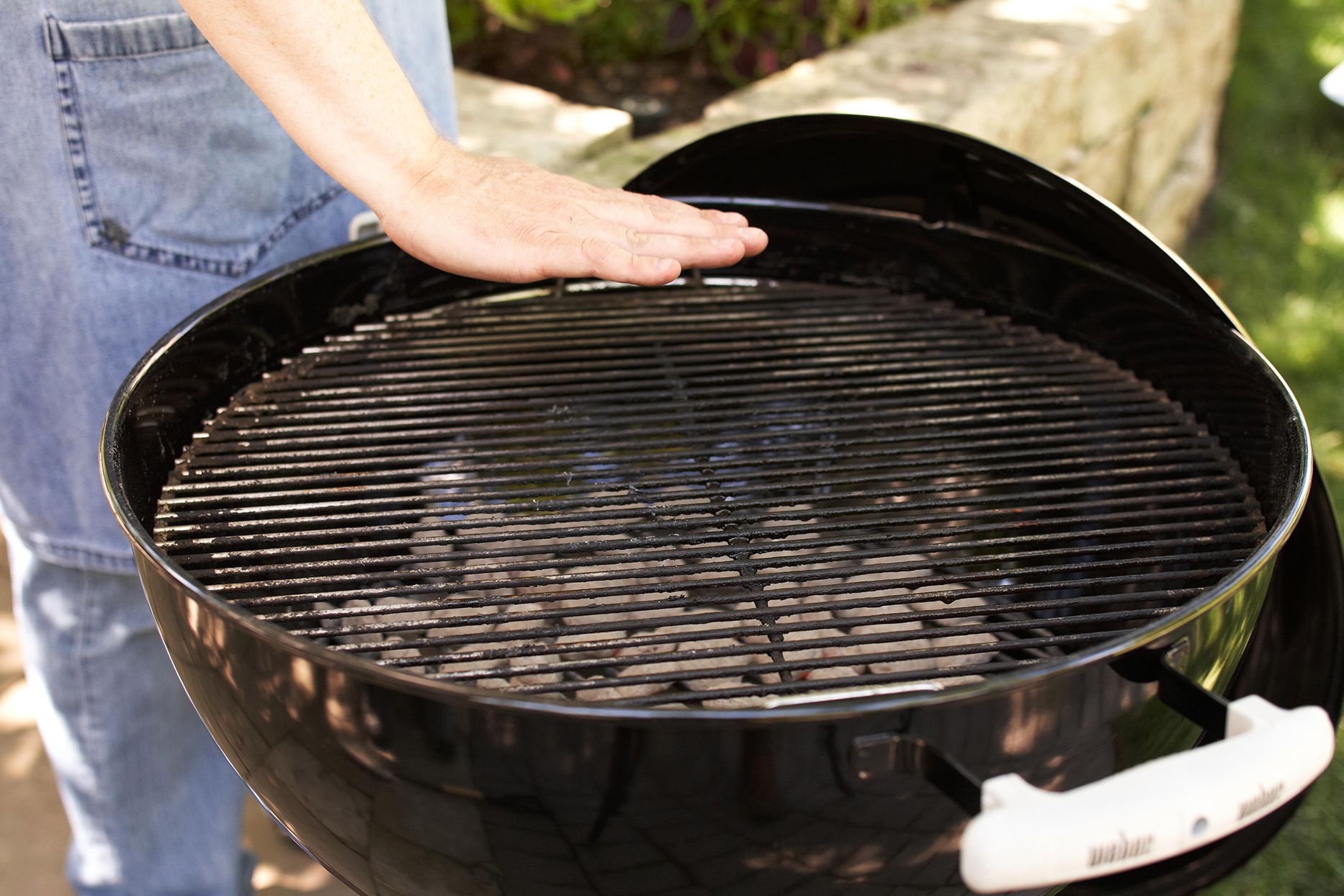
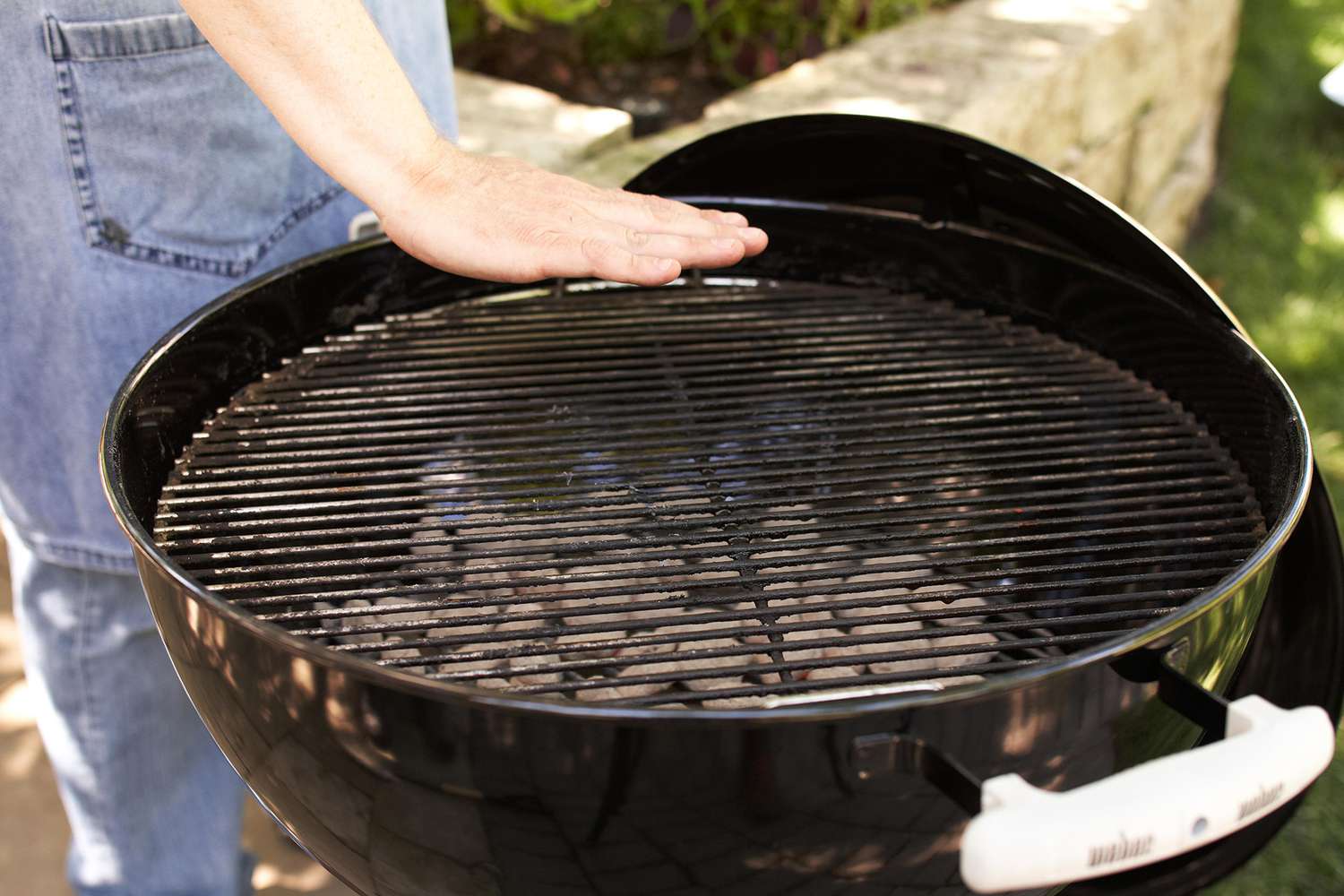
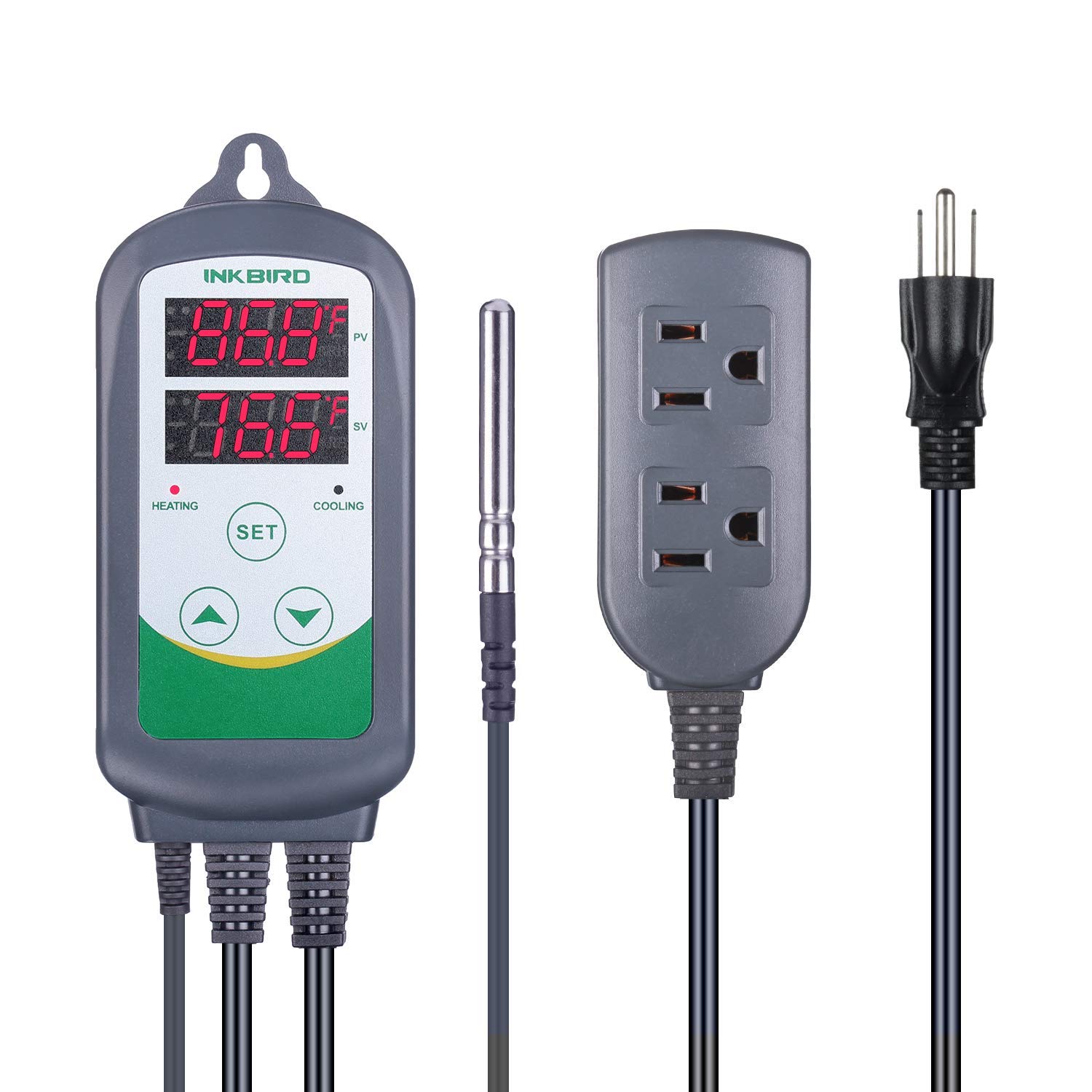
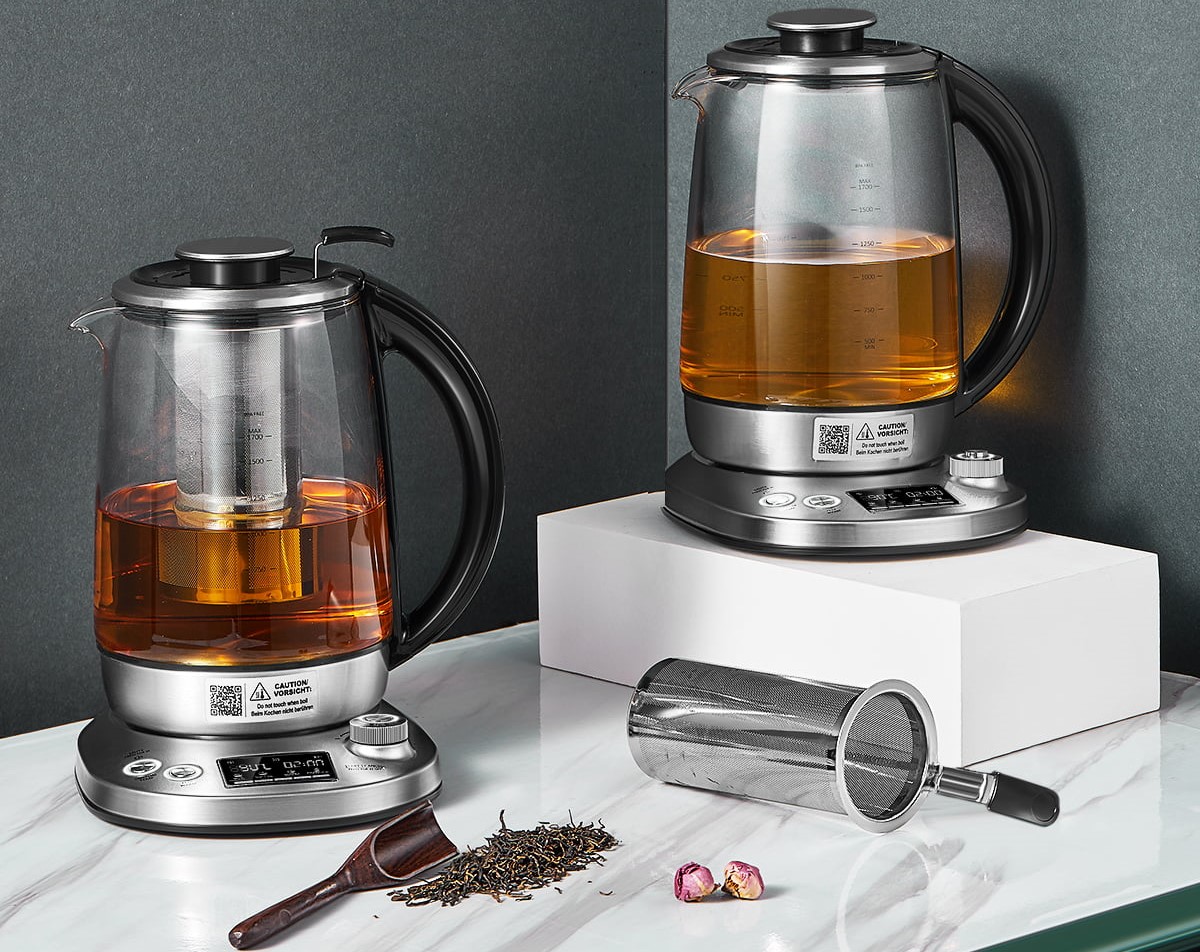
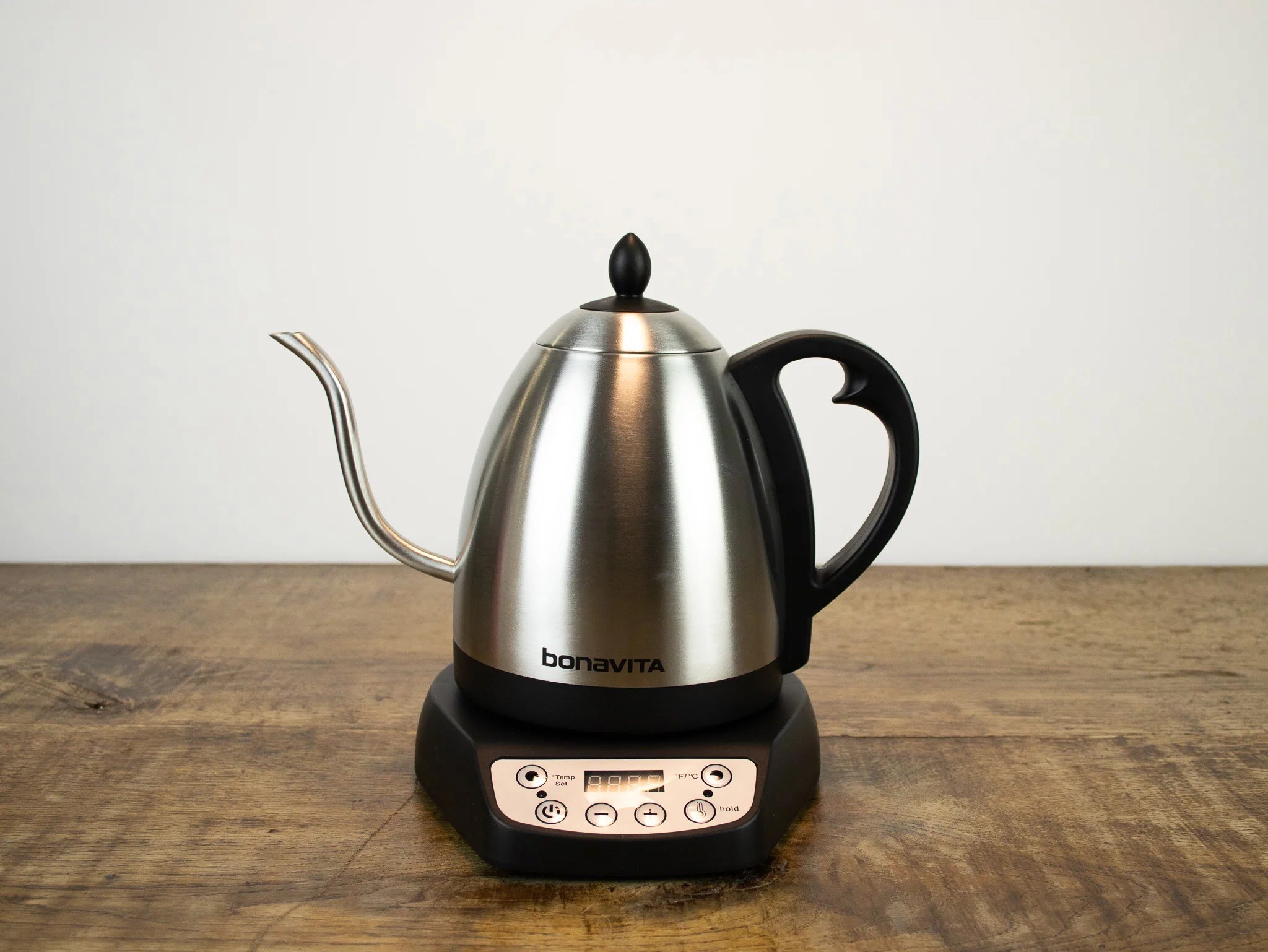
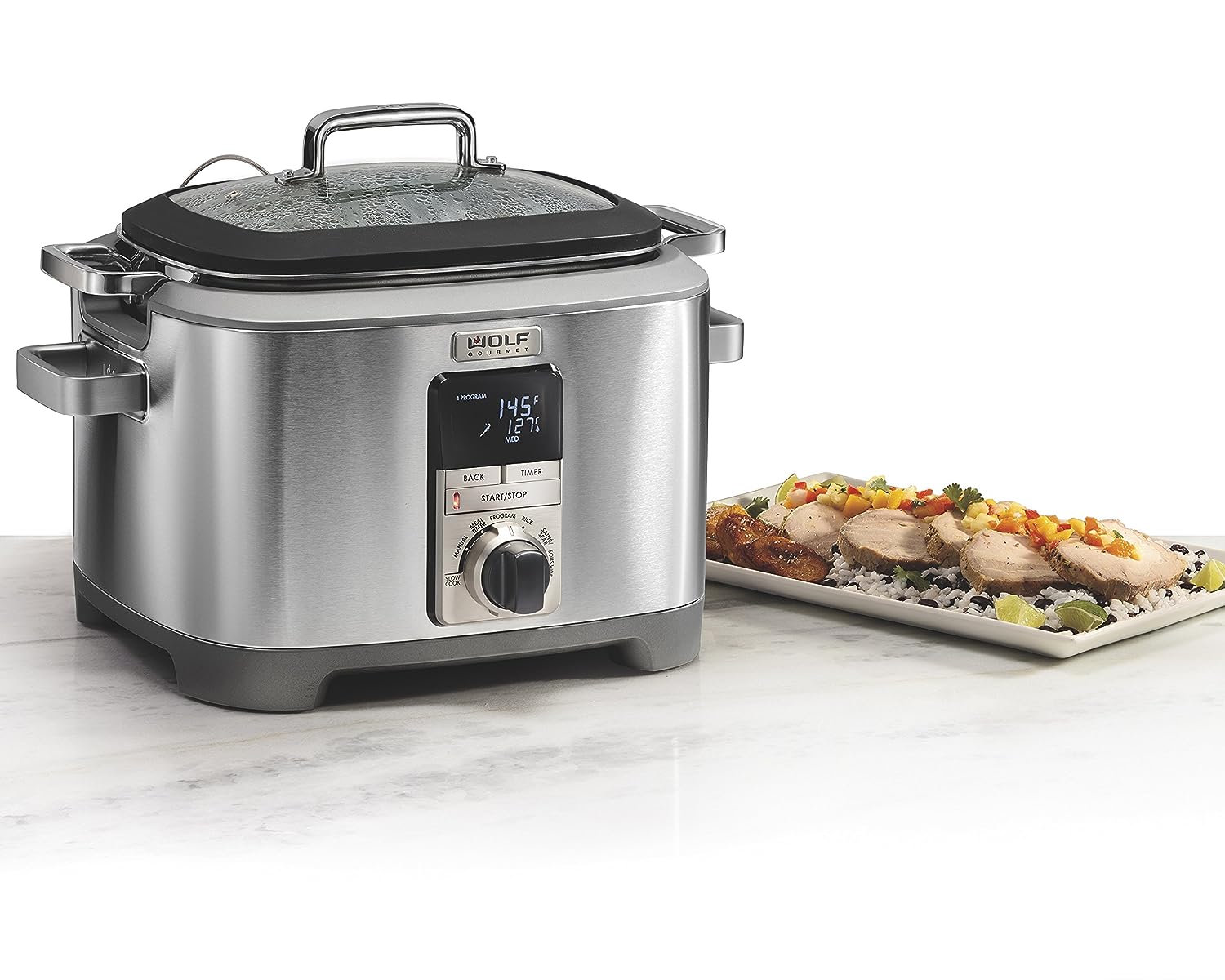
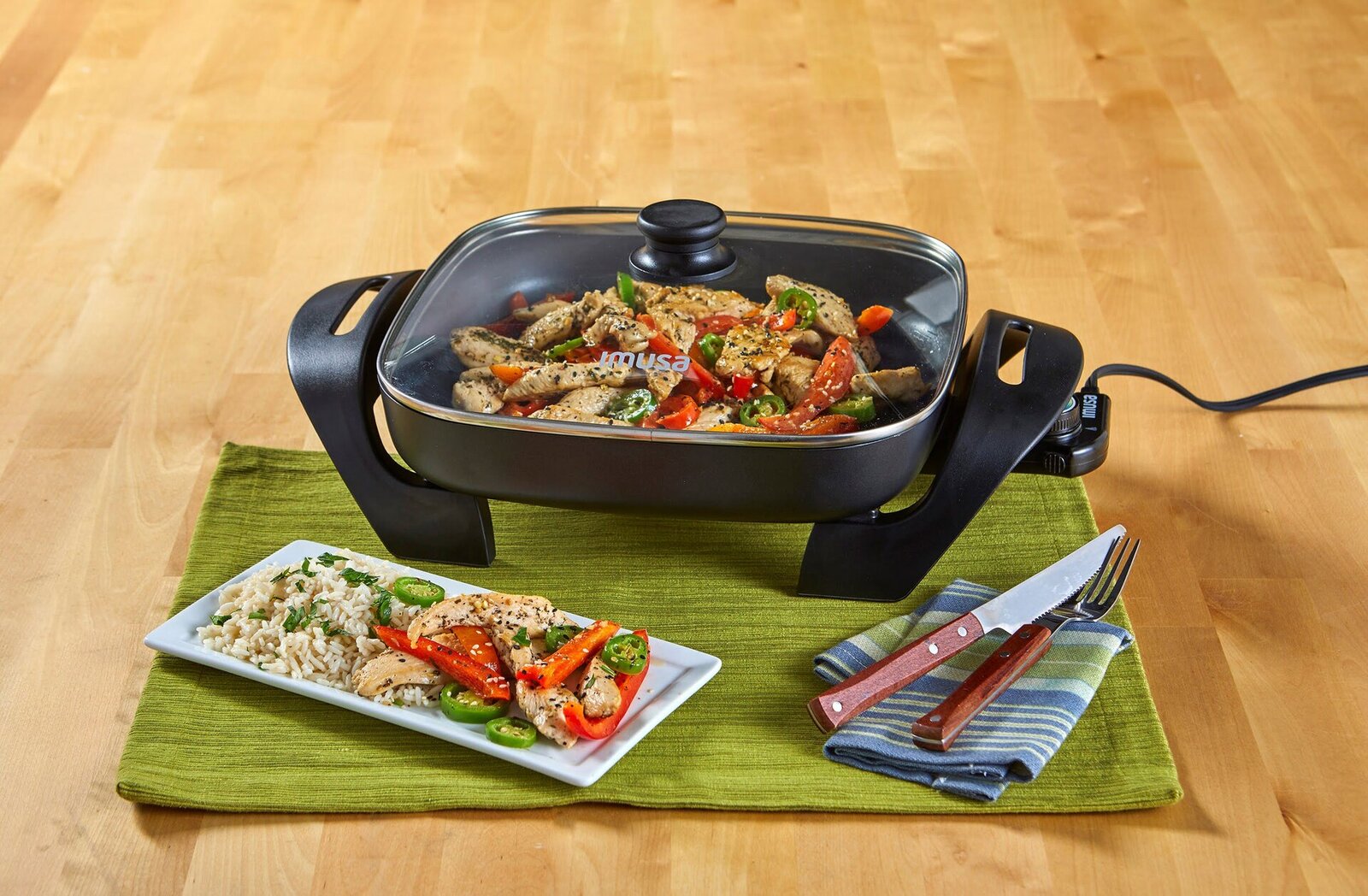
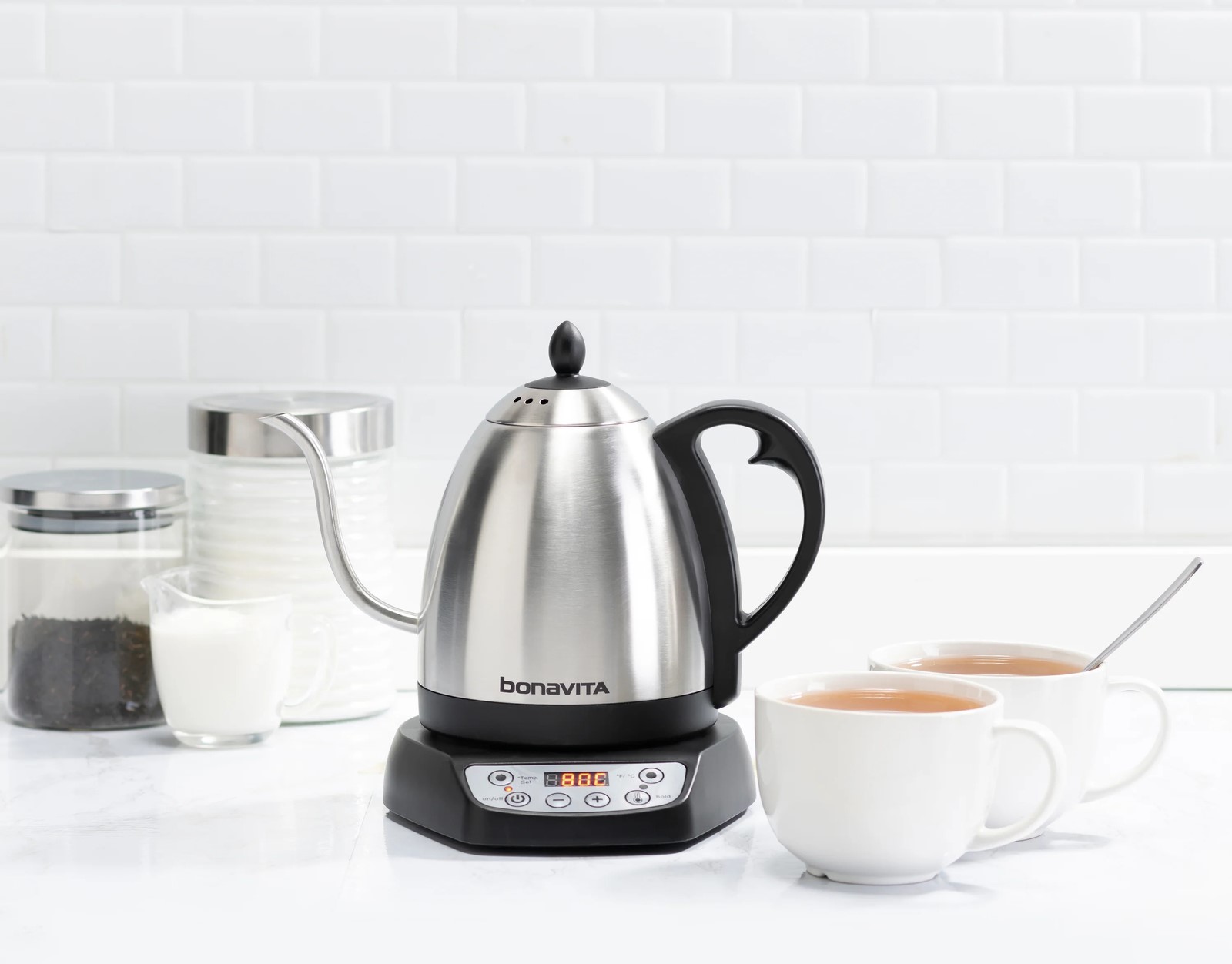

0 thoughts on “How To Control Weber Kettle Temperature”